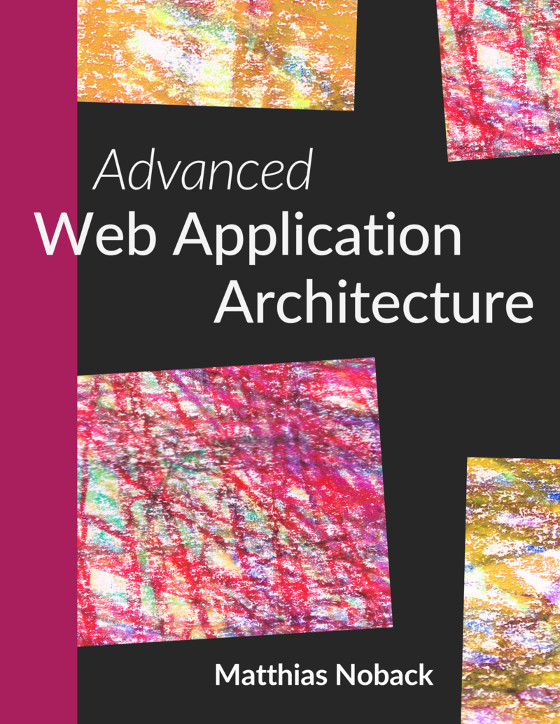Release of the Advanced Web Application Architecture book
100% done
I'm happy to announce that my latest book "Advanced Web Application Architecture" is now complete. With ~390 pages it has become a well-rounded book full of useful design patterns and architectural principles built around the notion of object-pure code, that will help you create decoupled applications that are testable by definition, and support a domain-first approach to software development.
Use this link to get 10% off the price: https://leanpub.com/web-application-architecture/c/RELEASE_DAY
"This book helped me to improve myself and I recommend it to any developer who wants to learn how to solve problems in a better way." -- Iosif Chiriluta
"Matthias has a knack for distilling decades of experience into simplified rules of thumb. Explained with practical examples, the rules in this book are accessible to developers of any level of experience. I expect to recommend this book for many years to come." -- Ramon de la Fuente
A second round of book club sessions
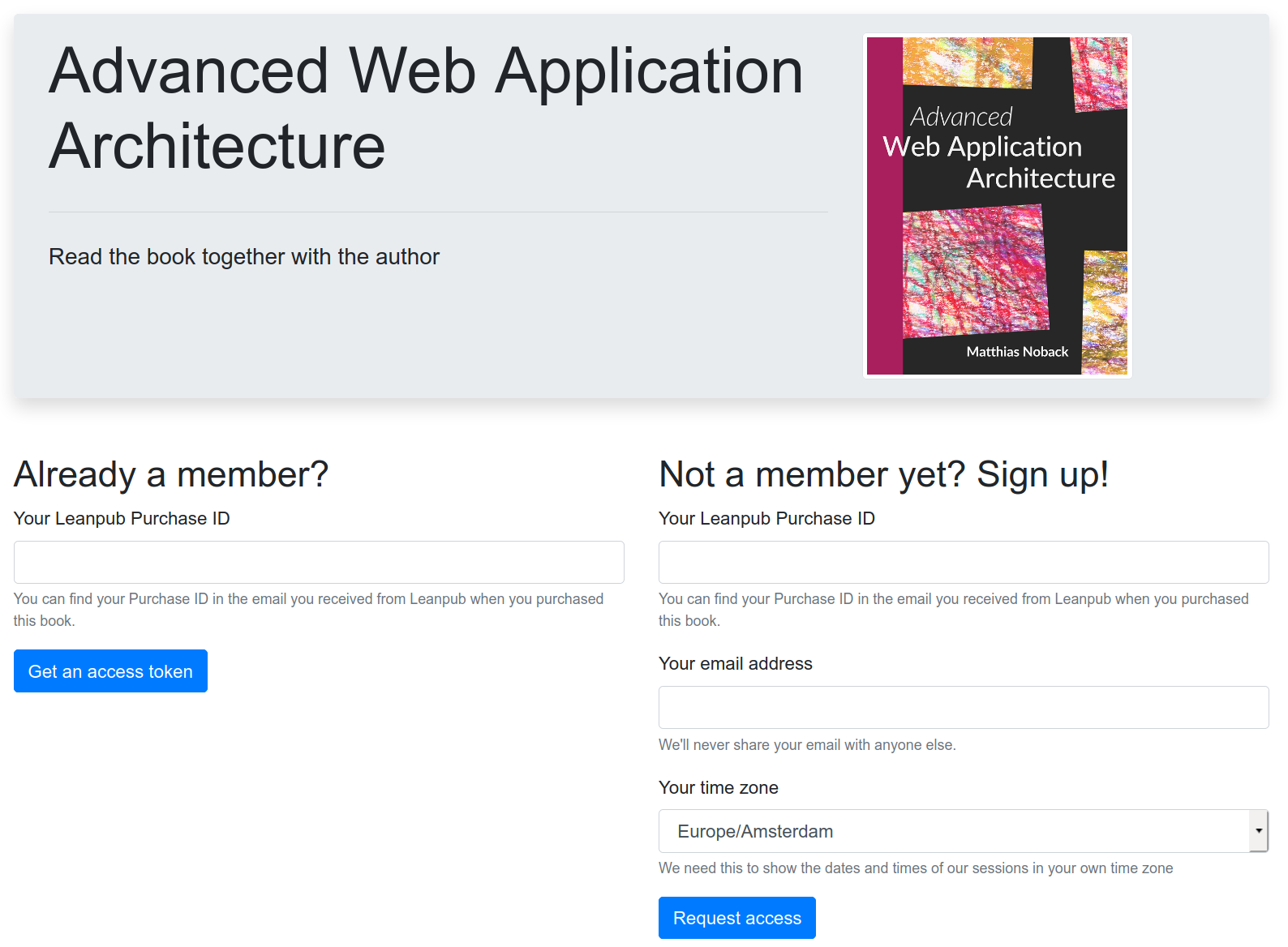
In the past few months we've been having some really interesting sessions with early-access readers of the book. With the book fully finished, I decided to plan another round of sessions starting in September. To join these sessions make sure to select the package "The Book + 6 Book club sessions" when buying your copy of the book.
"This book is a most welcome simplification of modern web application architecture concepts, making the topic accessible for a wide audience. By guiding the reader through classic web application scenarios and applying a couple of simple rules and principles while staying very pragmatic, the author achieves what most others don't - making the core idea so simple that it is near impossible for the reader to get it wrong. The only architecture book I would recommend even to my junior colleagues." -- Ondřej Bouda
Print edition
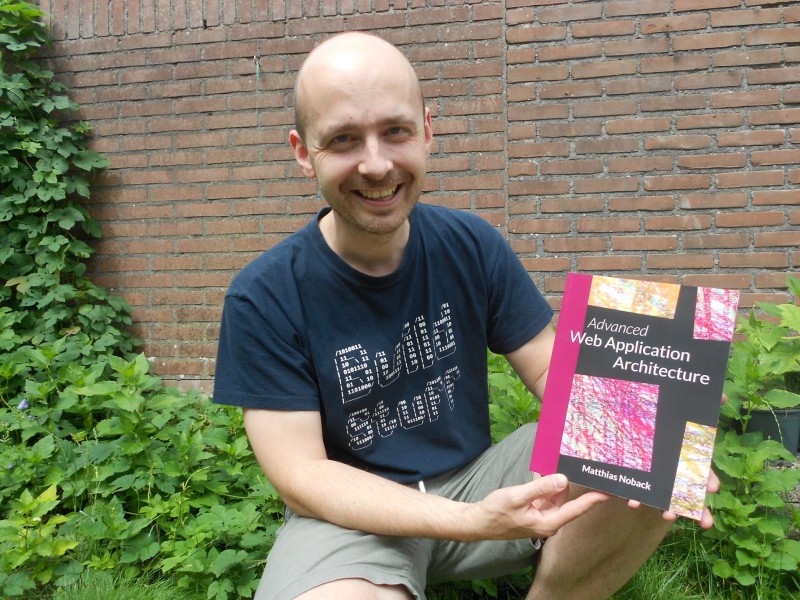
For those who prefer a paper book there's also a print edition available via Lulu. This includes a free copy of the e-book. You'll find instructions for obtaining it inside the book.
The making of
Back in April 2019 I started working on this project. It all started with the family visiting friends in France while I stayed at home, alone, with a bunch of post-it's.
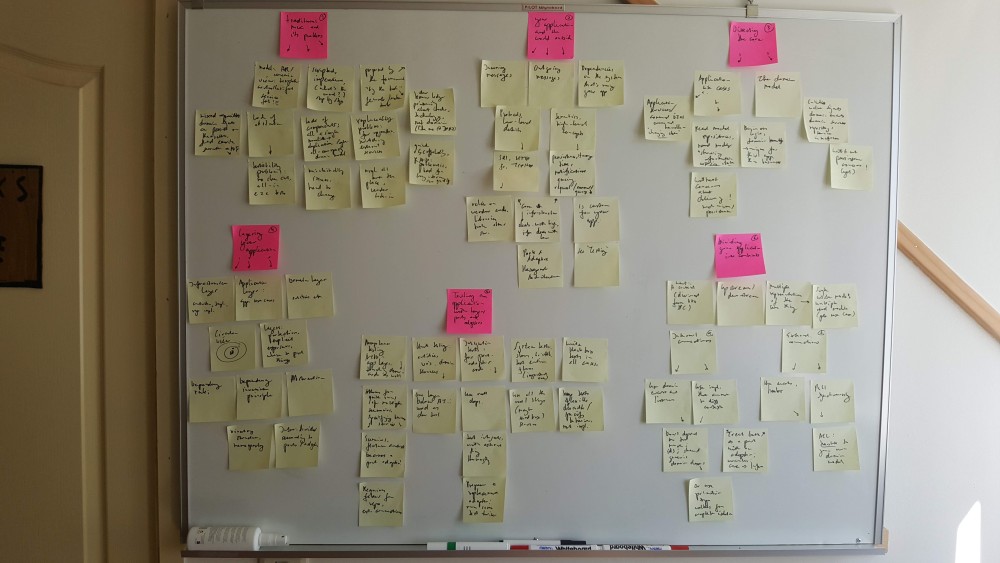
From this first brainstorm session I created a preliminary table of contents:
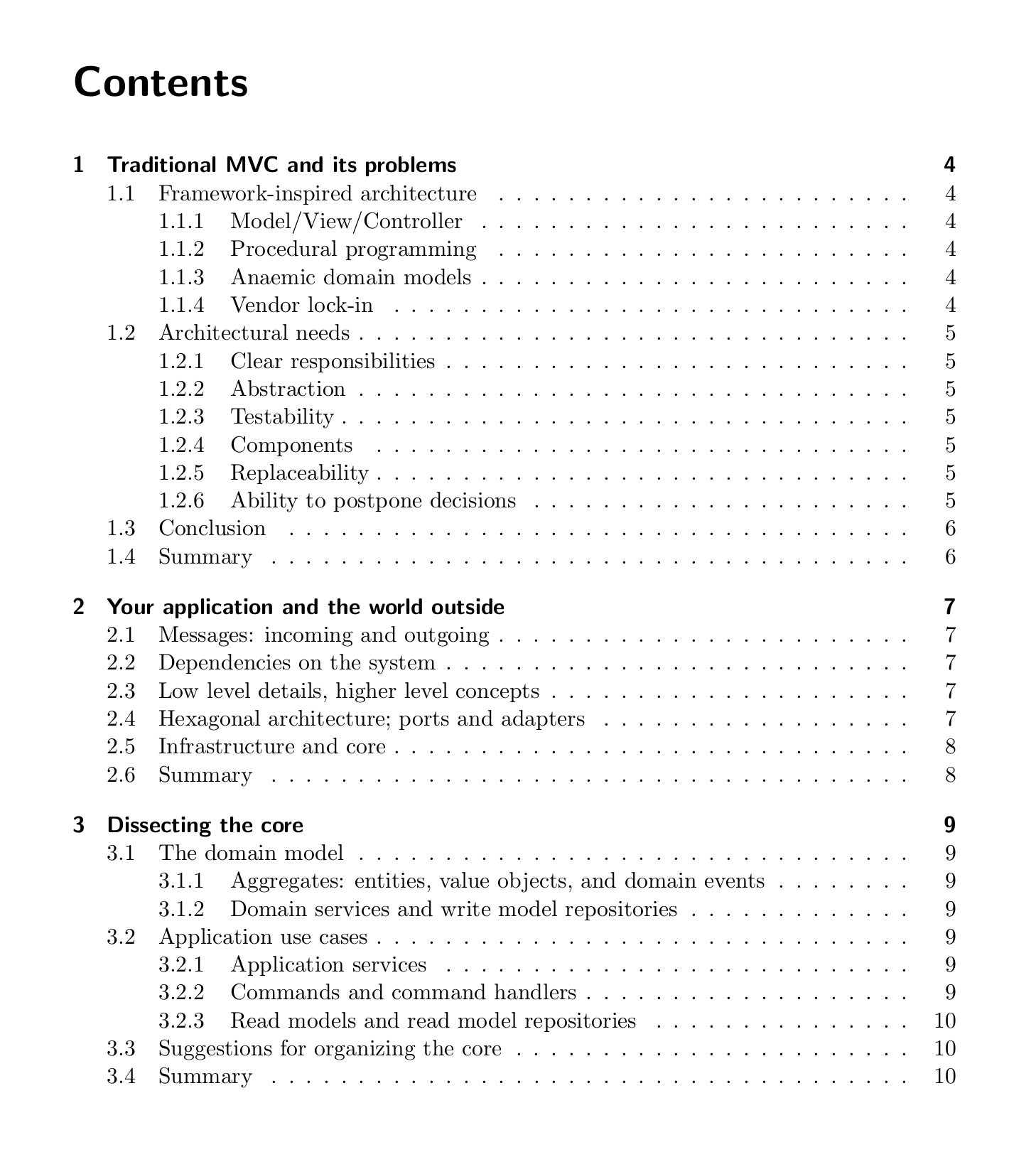
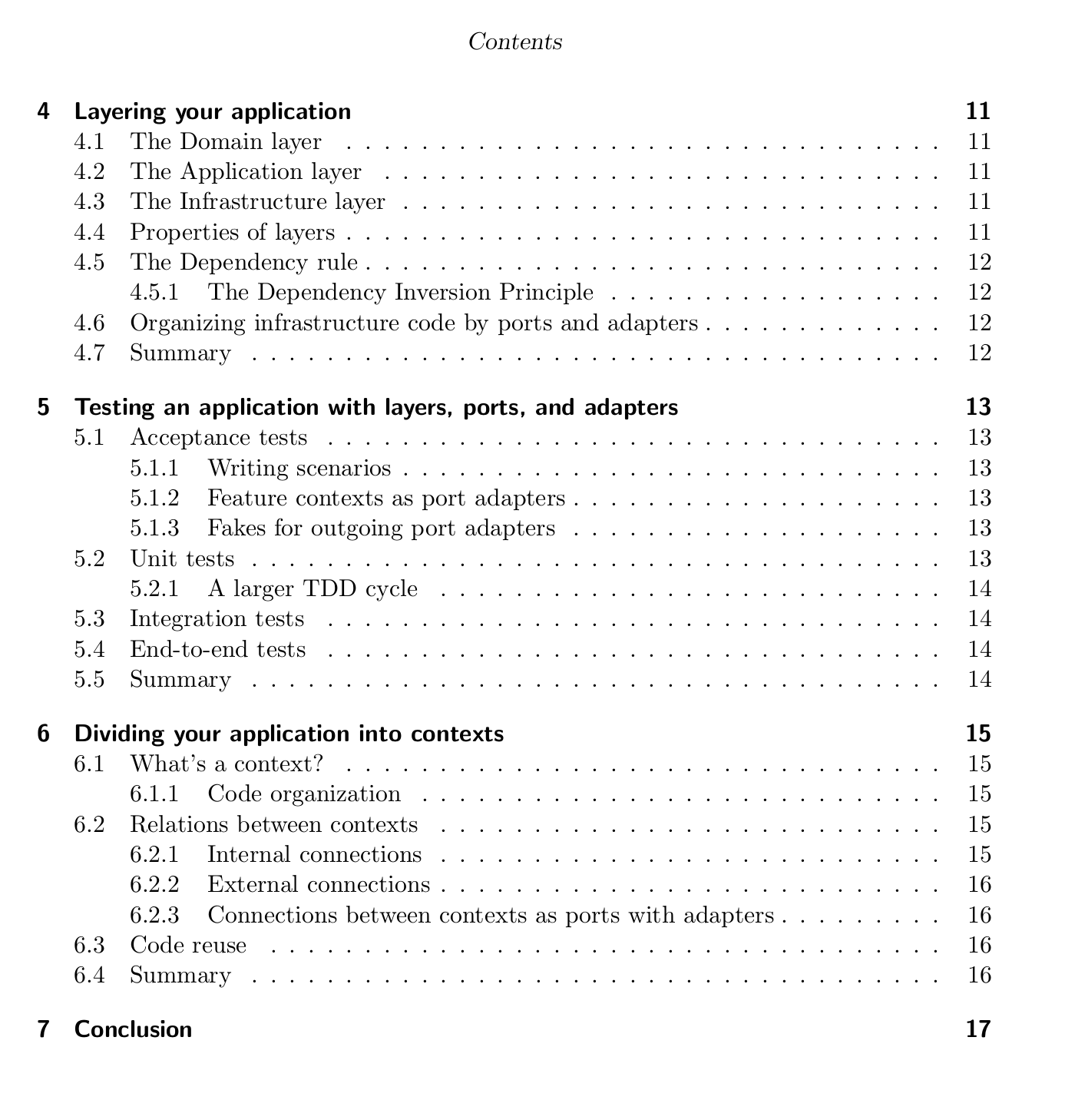
The rough outline was there, but I started working on the setup first.
So far I've only used Leanpub's Markdown-based publishing process. They first convert the Markdown manuscript to LaTeX, then to PDF, html, EPUB and MOBI. I thought it would be nice to have more control over all the build artifacts, so I worked on my own LaTeX-based setup. This was a silly decision. I didn't keep track of all the hours that went into this, but it has probably taken me about 50 hours to get it right. Of course, I keep running into little things that don't work. But I do have a fully automated local book writing process now. Being able to add all kinds of other generated artifacts is really helpful. For instance, I can edit the book cover in Gimp and it will be automatically resized for the different e-book formats, and also flattened for the print cover. The same goes for the diagrams: if I modify them using the Draw.io desktop editor, they will be automatically prepared for inclusion in the manuscript. Cool! But also: very costly.
With the technical stuff out of the way, the writing process was great in the beginning, but seemed to last for ages in the end. I've spent a total of 208 hours of actual writing (including writing the code samples and creating the diagrams). I generally aim to get everything right the first time (of course), but revising
Truncated by Planet PHP, read more at the original (another 962 bytes)
